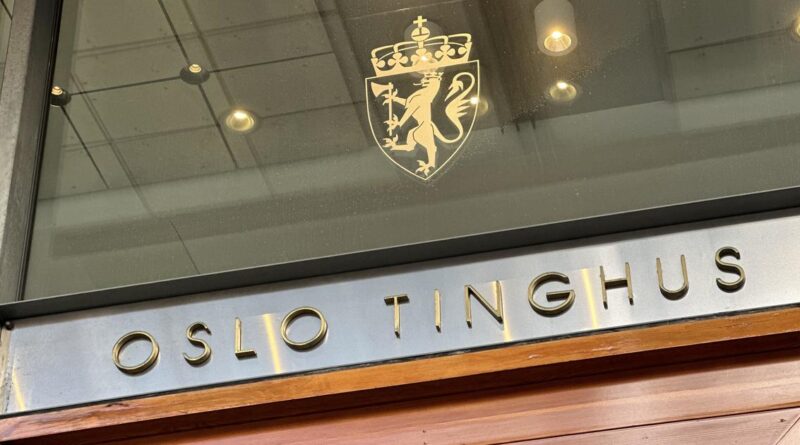Women switched at birth in 1965 claim error was covered up for decades: “They kept it secret”
In 1965, a Norwegian woman gave birth to a baby girl in a private hospital. Seven days later she returned home with a baby.
When the baby developed dark curls that made her look different from herself, Karen Rafteseth Dokken assumed she just took after her husband’s mother.
It took nearly six decades to discover the true reason: Rafteseth Dokken’s biological daughter had been mistakenly switched at birth in the maternity ward of the hospital in central Norway.
The girl she ended up raising, Mona, was not the baby she gave birth to.
The babies — one born on Feb. 14 and the other on Feb. 15, 1965 — are now 59-year-old women who together with Rafteseth Dokken are suing the state and the municipality.
In their case, which opened in the Oslo District Court on Monday, they argue that their human rights were violated when authorities discovered the error when the girls were teenagers and covered it up. They claim Norwegian authorities had undermined their right to a family life, a principle enshrined in the European human rights convention, and demand an apology and compensation.
Rafteseth Dokken, now 78, was in tears as she described learning so many years later that she got the wrong baby, according to Norwegian broadcaster NRK.
“It was never my thought that Mona was not my daughter,” she said in court on Tuesday. “She was named Mona after my mother.”
Mona described a sense of never belonging as she grew up. That sense of uncertainty pushed her in 2021 to do a DNA test, which showed that she was not the biological daughter of those who raised her.
But the woman who raised the other baby knew long before.
A routine blood test in 1981 revealed that the girl she was raising, Linda Karin Risvik Gotaas, was not biologically related. The woman raising her, however, did not pursue a maternity case. Norwegian health authorities were informed of the mix-up in 1985, but refrained from telling the others involved.
Both women who were swapped at birth have said in interviews that it was a shock to learn about the mix-up, but the knowledge made pieces of their lives fall into place, explaining differences both in terms of appearance and demeanor.
Kristine Aarre Haanes, representing Mona, said the state “violated her right to her own identity for all these years. They kept it secret.”
Mona could have learned the truth when she was a young adult, but instead “she did not find out the truth until she was 57.”
“Her biological father has died. She has no contact with her biological mother,” added Aarre Haanes.
Circumstances surrounding the 1965 swap at Eggesboenes hospital are unclear, but media reports by NRK suggest there were several cases during the 1950s and 1960s where children were accidentally swapped at the same institution. At the time babies were kept together while their mothers rested in separate rooms.
In other cases the errors were spotted before the children were permanently placed with the wrong families, according to the reports.
An official from the Norwegian Ministry of Heath and Care Services said the state was unaware of similar cases and that there were no plans for a public inquiry.
Asgeir Nygaard, representing the Norwegian state, is fighting the case on the grounds that the 1965 switch took place in a private institution and that the health directorate in the 1980s did not have the legal authority to inform the other families when they discovered the error.
“Documentation from that time indicates that government officials found the assessments difficult, inter alia because it was legally unclear what they could do,” he wrote in a statement to The Associated Press ahead of the trial’s opening. “Therefore, in court, we will argue that there is no basis for compensation and that the claims being made are in any case statute-barred.”
The trial is scheduled to run through Thursday, but it was not clear when a ruling is expected.
Steffen Trumpf/picture alliance via Getty Images
A similar situation reportedly occurred in the U.S. in 1969, when two baby girls were accidentally switched at a Texas hospital, and the mistake wasn’t noticed until a DNA test was done in 2018. The women later filed a lawsuit against the corporation that later bought the hospital.
According to the DNA Diagnostics Center, in the U.S., up to 500,000 babies each year are at “potential risk of going home with the wrong parent,” but newborns inadvertently switched at birth are generally noticed almost immediately after the incident. The center says only eight incidents of babies switched at birth were physically documented in the U.S. between 1995 and 2008, although the center says that number is likely higher.


